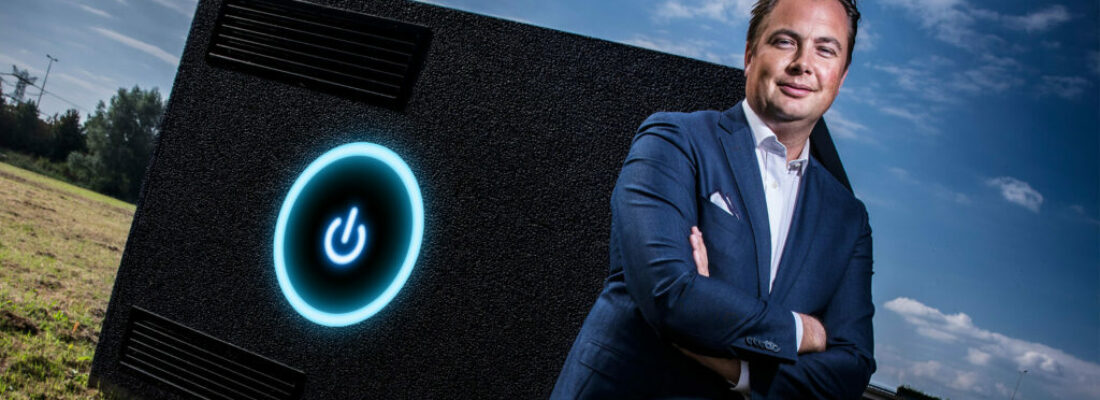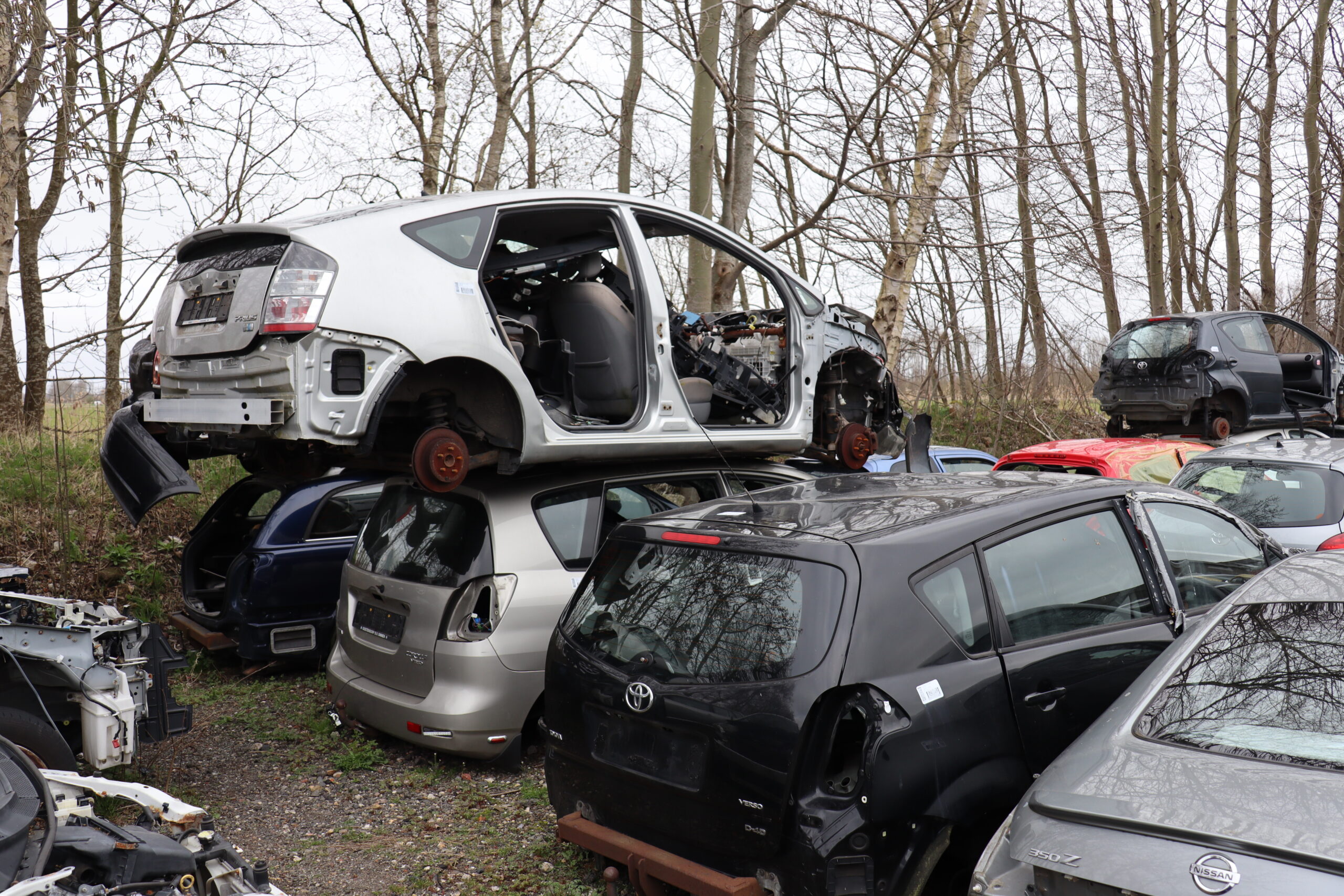Like ARN, energy company ENGIE also conducts research into second-use applications for scrapped battery packs from hybrid and fully electric vehicles. The Recharge project is one of the steps being taken by the company to join the energy transition unfolding at an increasingly rapid pace.
Tekst Jacco van der Burg
With nearly 155,000 employees in 70 countries, energy giant ENGIE (formerly GDF Suez) is one of the largest companies in the world. ENGIE not only produces and supplies energy, but also serves the business market by installing and maintaining technical installations. Thanks to its unique market position, the company is deliberating over a future in which circularity and the economical consumption of energy will be more important than ever before.
Honest about circularity
“As an energy producer, naturally we fully realise that the extraction and incineration of, for example, natural gas is not circular. Unlike the competition, we readily admit this. As far as we are concerned, the situation is a simple one: we will stop as soon as feasible. Until then, we will continue to supply traditional energy. In the meantime, we are devoting considerable efforts to sustainability and are showing customers how to be more energy-efficient,” explains Jacco van der Burg, General Manager of Smart Mobility & Business Development at ENGIE Netherlands.
Self-generated energy
At ENGIE, the primary focus is on technical solutions that enable customers to manage with their energy use more efficiently. With the future in mind, the expected growth in electric mobility is an important aspect of this. “We are knowledgeable about electric energy, systems and mobility. So it only makes sense to start with the Recharge project,” adds Van der Burg. “As part of this project, we are exploring possibilities to incorporate scrapped battery packs into the electricity grid.”
Using self-generated energy
According to Van der Brug, more and more companies and consumers are generating their own energy with solar panels and windmills, but are only able to use a small percentage of this energy. “With the electric or hybrid car battery pack as a buffer, the average household can use up to 70 percent of the energy it generates. This is currently only 17 percent. In this project, we are also examining battery packs installed into vehicles. We could also use these in the future to overcome peak loads in the electricity grid.”
Working together and sharing knowledge
According to Jacco van der Burg, the use of the battery packs from electric cars and hybrids offers more advantages than just unburdening the electricity grid. “Electric cars are currently considered a problem first and foremost. People are unsure, for example, about the operating range and think that the recycling of these vehicles is problematic. You also solve these kinds of problems by giving the batteries a second life when the vehicle reaches the end of its life span. A hybrid needs 15 kW of batteries to operate, while the average household needs only 3 kW. So the capacity is more than sufficient.
In this project, we’ve been in contact with ARN, which is also conducting research into second-use applications for batteries. As far as we are concerned, it is important to work together and share knowledge in order to successfully navigate the future. Your focus should be on more than just the competition if you truly want to make the Netherlands and the rest of the world a better place.”



